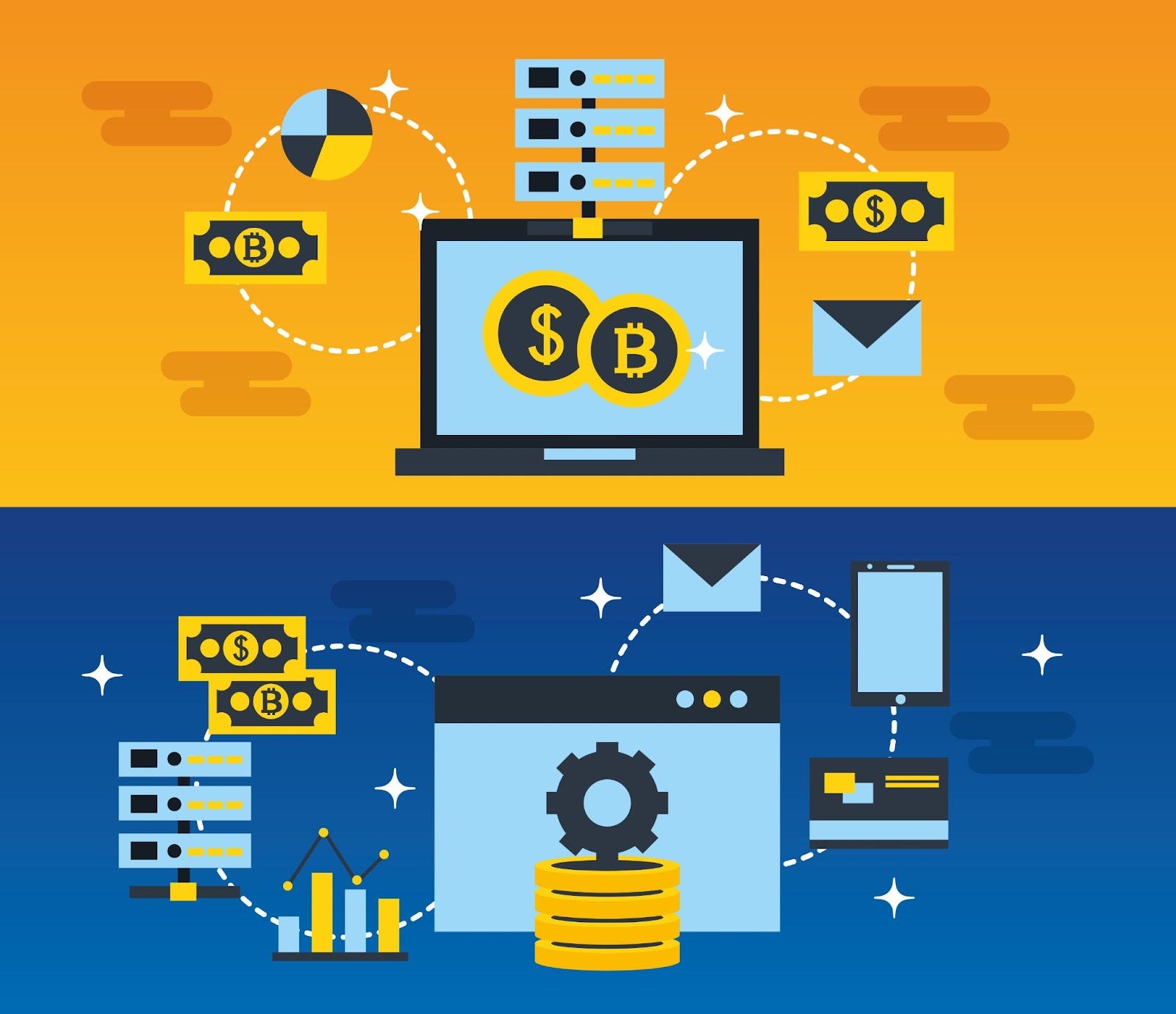What Is AWS Cost Optimization?
AWS offers a broad set of global computing, storage, database, analytics, application, and deployment services. But as the saying goes, with great power comes great responsibility --- managing your AWS usage and expenses can be a daunting task. This is where AWS cost optimization comes into play.
AWS cost optimization is the process of reducing your overall AWS expenditure by identifying mismanaged resources, eliminating waste, reserving capacity for higher discounts, and leveraging AWS pricing models. It isn't merely about cutting costs, but about efficiently managing AWS costs to maximize the benefits.
In essence, AWS cost optimization is about understanding your cloud spending and making informed decisions on resource allocation. It is about gaining insights into where your money is going and then aligning your cloud usage with your business needs to create an efficient cost structure.
Why Is AWS Cost Optimization Important?
Budget Control
Budget control is a critical aspect of any business, regardless of its size. With AWS cost optimization, budget control becomes a straightforward process. It enables you to understand your AWS usage patterns and spending, which can help you predict your future expenses and plan your budget accordingly.
Moreover, AWS cost optimization offers cost allocation tools and reports for better visibility and control over your AWS costs. It allows you to track your expenses and adjust your spending habits as needed. With the right AWS cost optimization strategies, you are in control of your cloud costs, not the other way around.
Resource Efficiency
AWS cost optimization is not just about saving money, but also about improving resource efficiency. Efficient resource utilization ensures you are getting the most out of your AWS services. By identifying and eliminating unused or underused resources, you can improve your business performance while reducing costs.
Furthermore, AWS cost optimization helps you understand your resource usage patterns. This knowledge can help you make informed decisions about resource allocation, ensuring you have the right resources in the right places at the right times.
Cloud Governance
Governance is a key concern for many businesses, and AWS cost optimization can help in this area as well. It enables you to set up budget alerts and thresholds, ensuring you stay within your budget and comply with your company's financial policies.
In addition, AWS cost optimization allows you to tag resources for better cost allocation and tracking. This means you can easily monitor and manage your AWS resources in line with your business objectives and organizational requirements.
AWS Cost Optimization Trends for 2024
1. Serverless Architecture
Serverless architecture is set to redefine the concept of AWS Cost Optimization. Instead of maintaining and paying for servers that might not be fully utilized, Serverless Architecture enables you to pay only for the compute time you consume. This is a game-changer as it allows you to cut down on idle costs, thereby significantly reducing your AWS bill.
Moreover, serverless architecture is inherently scalable. It can easily adjust to accommodate the changing needs of your business, making it a cost-effective solution for businesses of all sizes. In 2024, we can expect to see more businesses adopting this model in their quest for AWS cost optimization.
2. AI-Driven Cost Management Tools
Artificial Intelligence (AI) is revolutionizing various aspects of business, and cost management is not an exception. AI-driven cost management tools use machine learning algorithms to analyze your AWS usage patterns and provide actionable insights to optimize costs.
These tools can identify inefficiencies, predict future costs, and recommend ways to reduce costs. They can also automate cost optimization processes, saving you time and resources. The role of AI in AWS cost optimization is expected to grow significantly in 2024, with more sophisticated tools being developed.
5. Ephemeral Compute Resources
The use of ephemeral compute resources is another trend that could significantly impact AWS Cost Optimization in 2024. Ephemeral resources are temporary, short-lived resources that can be used to perform specific tasks.
Since these resources are not continuously running, they can help reduce your AWS costs. They are particularly useful for tasks that do not require constant compute power, such as batch processing or data analysis. As businesses become more aware of the benefits of ephemeral resources, their adoption is likely to increase.
4. Sustainable Computing
Sustainability is a growing concern for businesses worldwide, and it is also impacting AWS Cost Optimization. Sustainable computing involves the use of technology in a way that minimizes environmental impact.
In the context of AWS, sustainable computing could involve optimizing resource usage to reduce energy consumption, or choosing regions with lower carbon footprints. AWS is also investing in renewable energy sources and aims to be 100% renewable by 2025. As businesses strive to be more sustainable, this trend is likely to gain momentum in the coming years.
In conclusion, mastering AWS cost optimization is crucial for every business. By staying abreast of the latest trends, you can ensure that your business remains competitive while keeping your costs under control. From serverless architecture to AI-driven cost management tools, there will be new and more effective ways to optimize your AWS costs.



